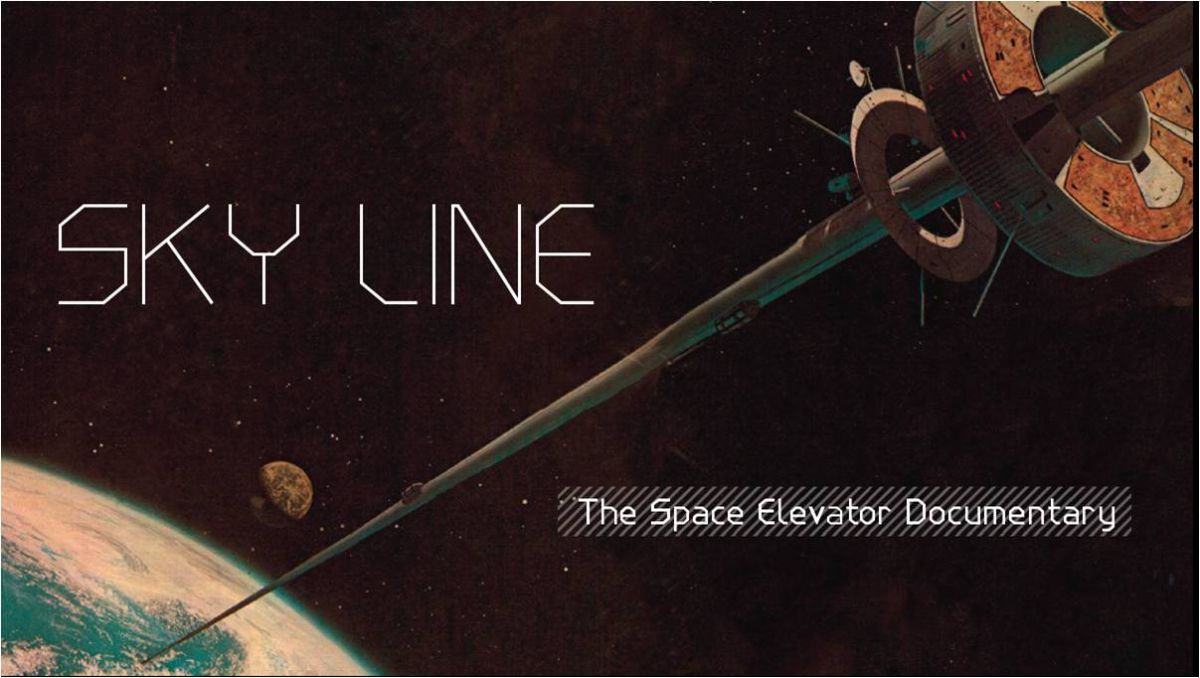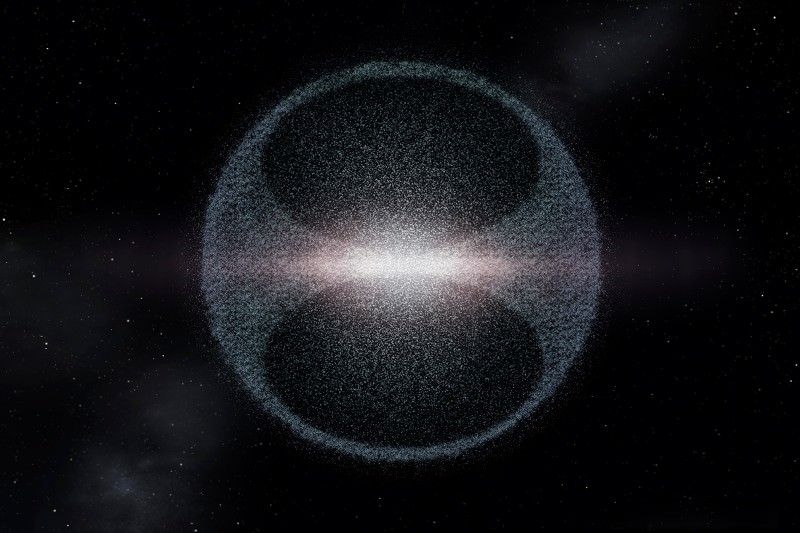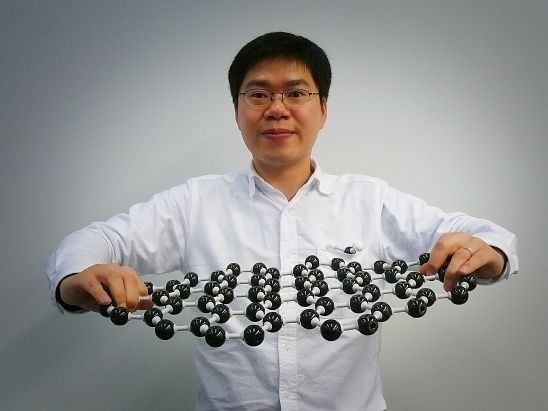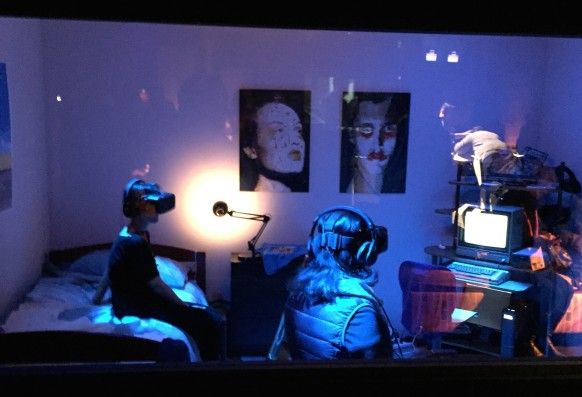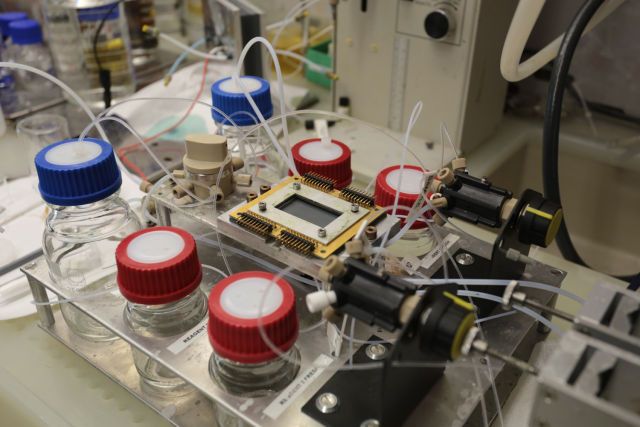Nov 11, 2015
A New Way of Thinking About Spacetime That Turns Everything Inside Out
Posted by Jeremy Lichtman in categories: particle physics, quantum physics, space
One of the weirdest aspects of quantum mechanics is entanglement, because two entangled particles affecting each other across vast distances seems to violate a fundamental principle of physics called locality: things that happen at a particular point in space can only influence the points closest to it. But what if locality — and space itself — is not so fundamental after all? Author George Musser explores the implications in his new book, Spooky Action At a Distance.
When the philosopher Jenann Ismael was ten years old, her father, an Iraqi-born professor at the University of Calgary, bought a big wooden cabinet at an auction. Rummaging through it, she came across an old kaleidoscope, and she was entranced. For hours she experimented with it and figured out how it worked. “I didn’t tell my sister when I found it, because I was scared she’d want it,” she recalls.
As you peer into a kaleidoscope and turn the tube, multicolored shapes begin to blossom, spin and merge, shifting unpredictably in seeming defiance of rational explanation, almost as if they were exerting spooky action at a distance on one another. But the more you marvel at them, the more regularity you notice in their motion. Shapes on opposite sides of your visual field change in unison, and their symmetry clues you in to what’s really going on: those shapes aren’t physical objects, but images of objects — of shards of glass that are jiggling around inside a mirrored tube.

